Tips For Removing Efflorescence From Bricks & Paving Slabs
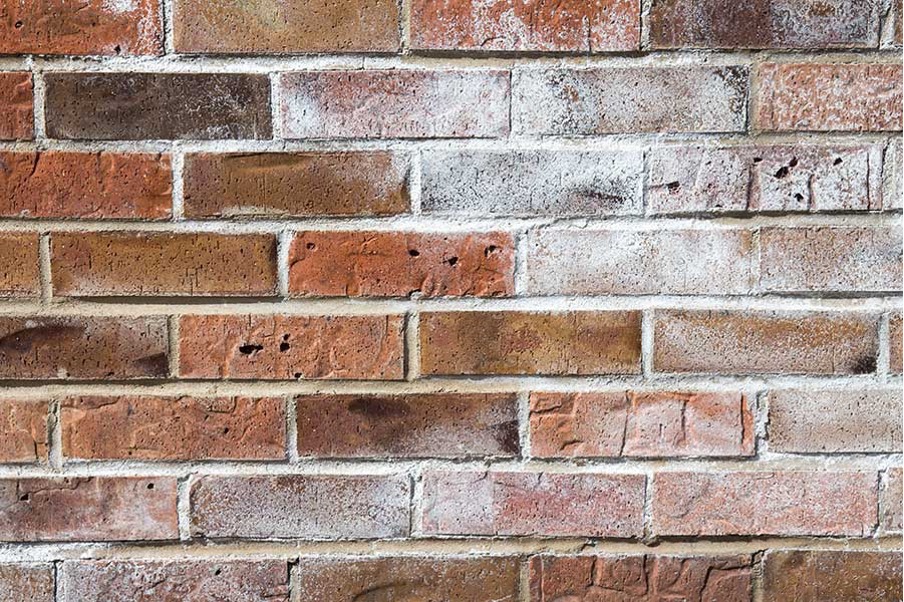
Introduction
Efflorescence can affect all types of porous masonry. Examples of common building and landscaping products affected include bricks, paving slabs, natural stone walling, concrete, and cement. In this guide we will explain what efflorescence is, it’s effects on masonry, why it forms, how to identify the issue, the process for removing efflorescence, and tips for preventing it.
What is efflorescence?
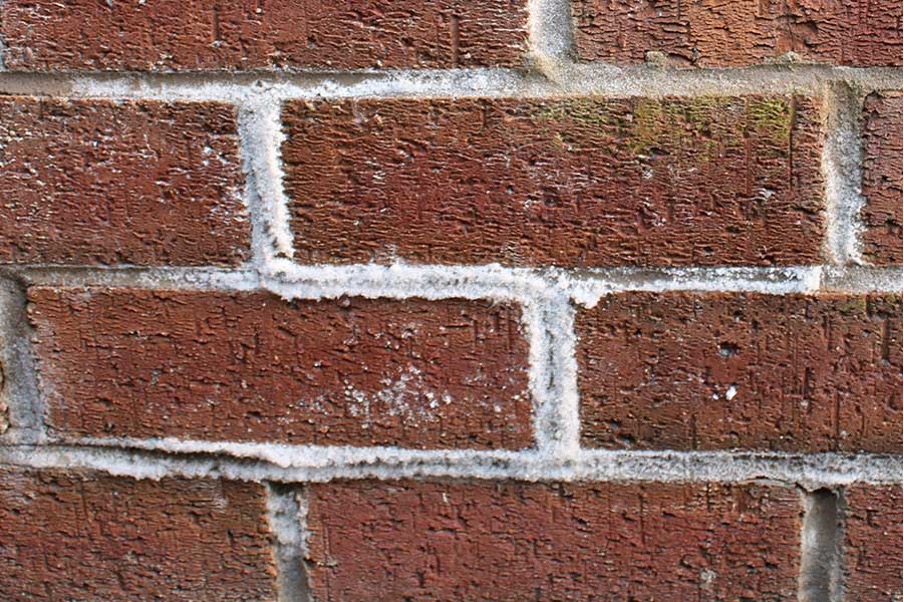
Efflorescence is a term used to describe crystalised salt deposits that form on the surface of bricks, paving, concrete, and similar porous masonry products including cement. It caused by natural salt deposits in the body of the material. When the material gets wet, the salts dissolve and migrate to the surface. When the water evaporates the salt dries and coats the surface. Efflorescence commonly appears as a white bloom or streaks of white which may appear powdery and can be brushed off.
Is efflorescence dangerous and does it damage masonry?
Efflorescence is simply the formation of natural salt crystals and is not dangerous to humans or wildlife. It is however unsightly and although not immediately damaging to bricks, paving slabs and other forms of masonry, the salt deposits can block the pores of porous materials over long periods. This traps moisture in the structure, which can lead to spalling due to moisture pressure, particularly in freezing temperatures.
Why does efflorescence form on bricks, paving, and other types of masonry?
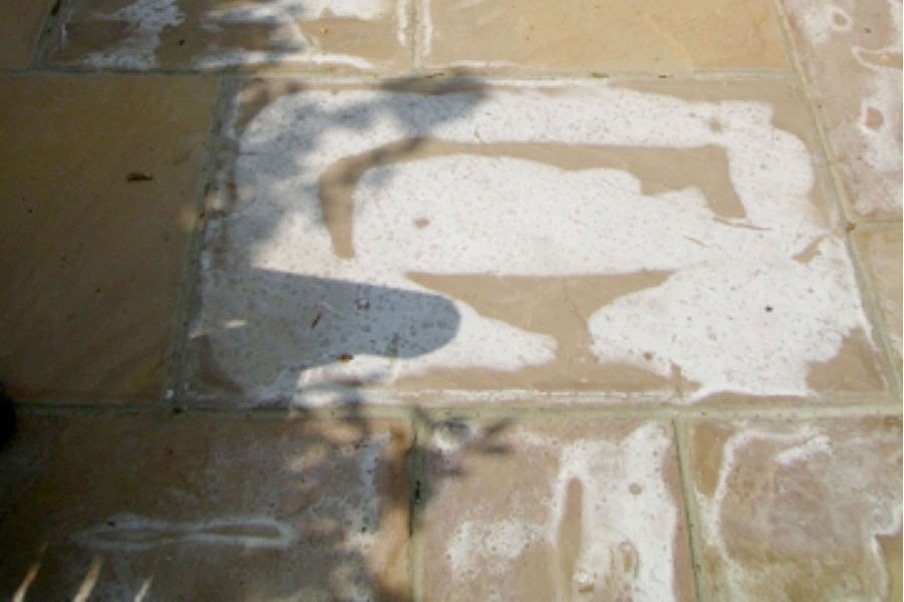
Salt is an abundant mineral found in many porous materials and efflorescence is simply the natural process of these salts dissolving when wet and crystalising when the moisture evaporates. Bricks and paving will naturally contain moisture and salts, particularly when new. The process of construction adds further water to porous masonry from cement and mortars. As the cement and masonry materials dry, it is common for efflorescence to form. This is why some degree of efflorescence is commonly seen on bricks in new build structures or on recently laid paving slabs. It is easily removed, and the issue is often reduced or eradicated with time. The problem can be made worse if bricks and slabs have been stored in damp or wet conditions, or in direct contact with the ground.
How to identify efflorescence on bricks and paving
You have white deposits or staining on your brickwork or patio, but how can you tell if this is efflorescence? Both salt and calcium deposits can cause white blooms and stains on bricks and paving slabs. As a rule of thumb, if the deposits are fluffy in appearance and can be partially brushed or washed off, then this is likely to be efflorescence and should be treated with a product such as Azpects Easycare Efflorescence Remover. If the deposit is hard and does not brush off or dissolve with water, this is likely to be a calcium deposit and this should be treated with Azpects Easycare Mortar Stain & Calcium Remover.
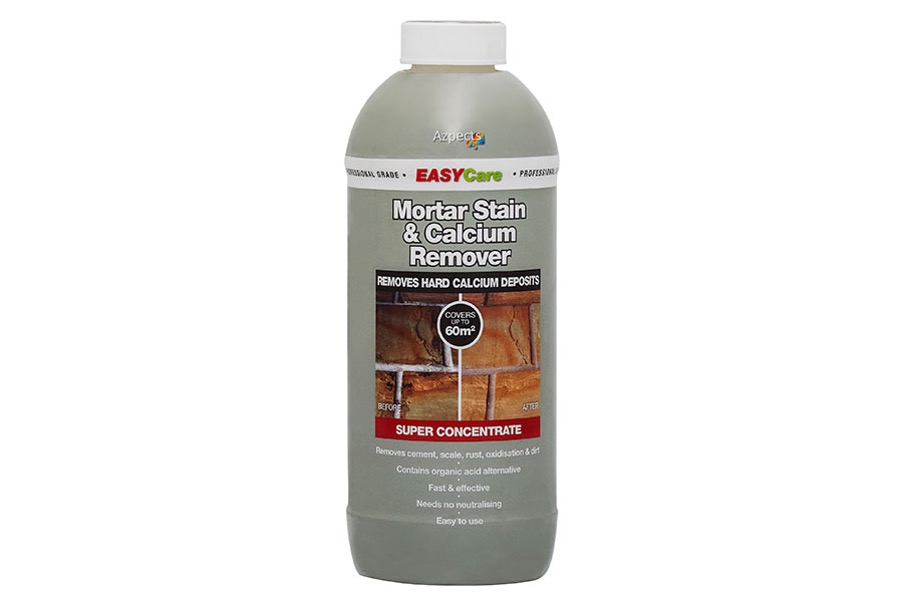
How to clean and remove efflorescence from bricks and paving slabs
The primary reason for cleaning and removing efflorescence from bricks and paving, is that it is unsightly. However heavy deposits can deteriorate the surface of bricks or slabs with extended exposure and removing efflorescence will prevent this.
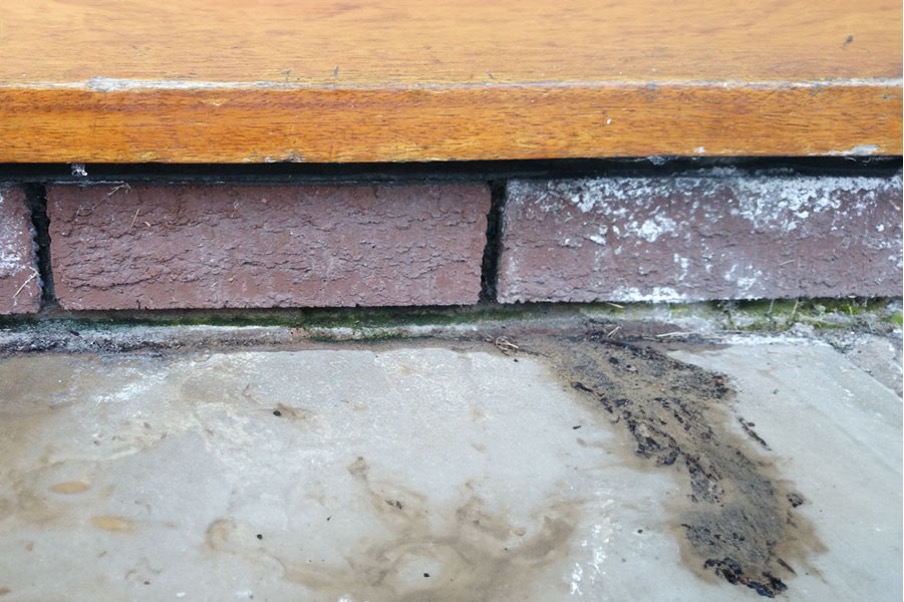
Efflorescence can be easily and safely cleaned with efflorescence remover, a chemical that dissolves the salt deposits so that they can be washed away. As with all chemical cleaners, it is recommended to test it on a small inconspicuous area first to ensure that it does not discolour the bricks or paving. Unless stated otherwise by the manufacturer, efflorescence cleaner is commonly acid based and should not be used on natural stone paving slabs or walling stone, as it can bleach to colour from the stone. The process for cleaning efflorescence from bricks and concrete paving is as follows, in this example we have used Azpects Easycare Efflorescence Remover.
- Ensure the area is well ventilated, and rubber gloves, a mask, and eye protection should be used. Always read and adhere to the manufacturers usage and safety guidelines when using any cleaning chemicals.
- Shake the bottle well before to ensure it is properly mixed.
- Mix 100ml of Azpects Easycare Efflorescence Remover with 1 litre of clean water. If the contamination is very heavy, increase the mixture strength to 200ml mixed with 1 litre of water.
- Apply the diluted cleaner to the affected area with either a soft brush, garden sprayer, or watering can, ensuring the affected area is saturated. Leave the mixture to work for 1 hour and then apply a second treatment.
- Leave the efflorescence cleaner for 24 hours to allow deep penetration and the naturalisation of the salt deposits.
- After 24 hours, rinse the treated surface with a hose and stiff brush, or a power washer. The brickwork or paving should now be clean and free of salt deposits.
Tips for preventing paving and brickwork efflorescence
While deposits of salt in brickwork, paving and mortar is a natural phenomenon, the are steps you can take to reduce or even eradicate efflorescence. Applying a breathable sealer after cleaning efflorescence from bricks and paving will reduce and help to prevent future salt deposits.
For protection of brick work and mortar joints, we suggest Azpets Water Seal Plus. This product seals porous brick and masonry, and even timber, preventing water ingress while allowing the material to breath.
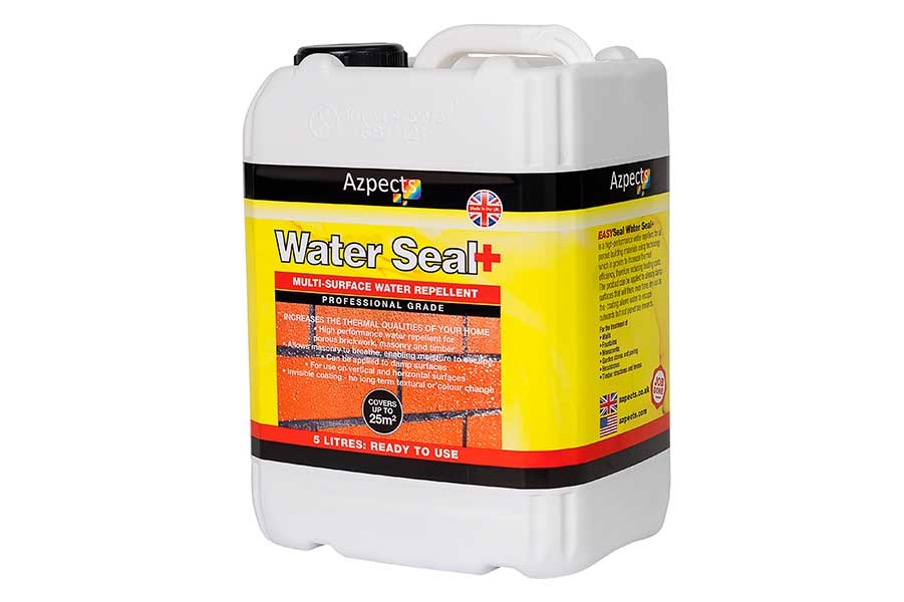
To protect and seal paving, we suggest Azpects Patio Seal and Protect. Suitable for natural stone, block paving and concrete paving, the product is a water-based polymer design, specifically for porous stone. The formula penetrates deep into paving, leaving a clear durable barrier while still allowing the stone to breath. Patio Seal & Protect provides more than just water resistance, it has added benefits including preventing algae and fungal growth, and stops oil, dirt and general grime from staining paving.
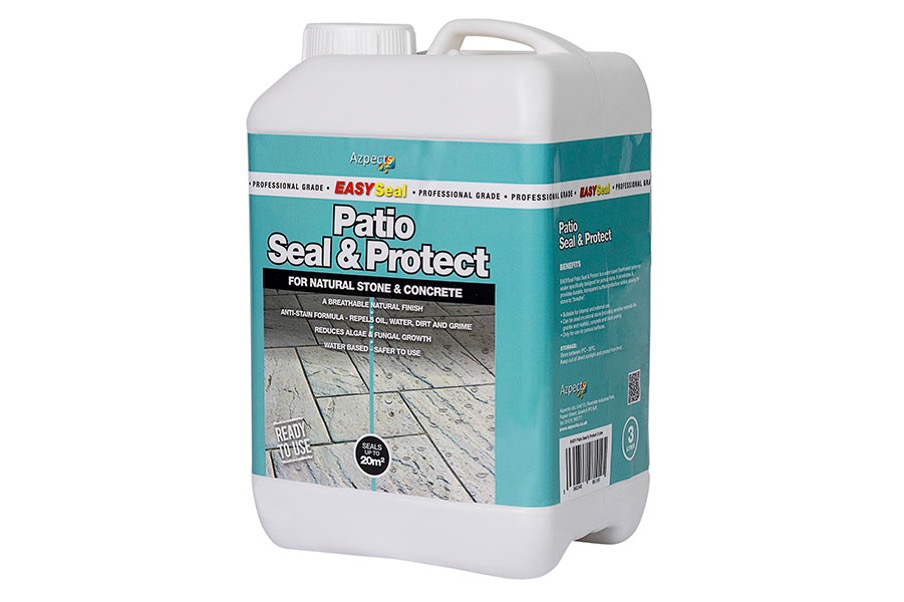
For more information regarding common paving cleaning, care, or installation issues, read our handy guide.
Masonry cleaning and protection products are available from AWBS
AWBS stock a comprehensive range of professional grade sealants and cleaning solutions for brickwork, patios, driveways, paths, porcelain paving and more. All are available to buy from our branches in Oxford, Yarnton, and Swindon or from our website with free local delivery and no minimum order value restrictions. Not sure which cleaning, sealing or protection solution you need? No problem, simply visit your local AWBS branch or call us, our knowledgeable staff will be happy to advise you.


